Street Fighter V’s Summer Update delivered a knockout punch of announcements, showcasing returning favorites Oro and Akira, and teasing the final character to join the roster. While many fans held their breath for a familiar face, Capcom unveiled a completely new contender: Luke. This fresh-faced fighter, touted as a “key player” and a “glimpse into Street Fighter’s future,” sparked immediate speculation and debate within the community. Was Luke just another blonde brawler, or was there something more to this newcomer?
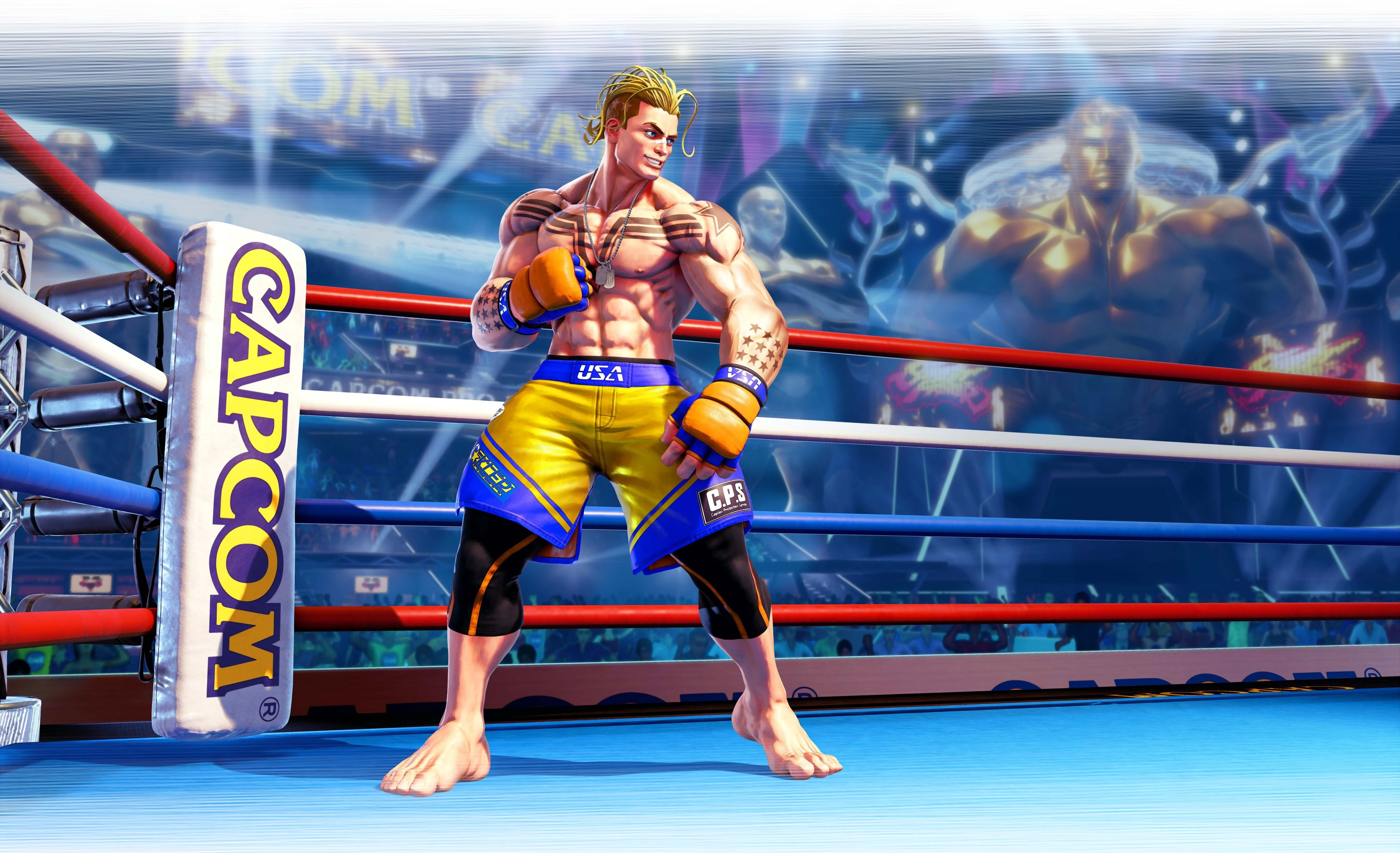 Luke's reveal in Street Fighter V, showcasing his modern design.
Luke's reveal in Street Fighter V, showcasing his modern design.
Initial reactions to Luke were mixed. Some felt underwhelmed, citing his seemingly generic design and the abundance of blonde characters already in Street Fighter V. However, the moment Luke hit the screen, theories began to circulate. The most immediate comparison drawn by fans was to Rook, also known as Luke, from the obscure Capcom Fighting All Stars.
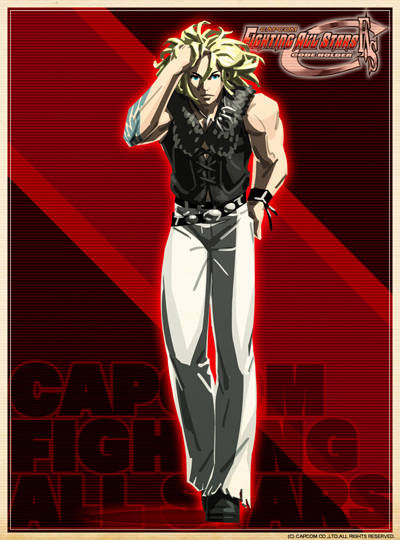 Rook from Capcom Fighting All Stars, highlighting the visual similarities and name connection to Luke.
Rook from Capcom Fighting All Stars, highlighting the visual similarities and name connection to Luke.
This connection, fueled by the shared name and visual cues, was quickly debunked by Street Fighter V director Takayuki Nakayama. He clarified on Twitter that Luke and Rook were distinct characters, setting the stage for deeper dives into Luke’s true identity and place within the Street Fighter universe.
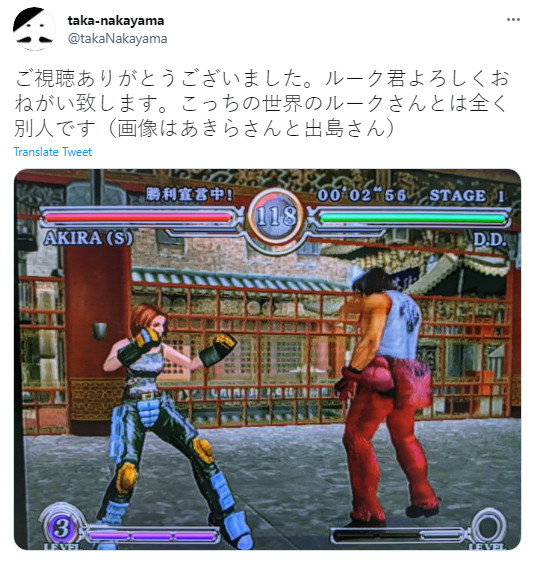 Takayuki Nakayama's tweet clarifying Luke is not Rook from Capcom Fighting All Stars, emphasizing character distinction.
Takayuki Nakayama's tweet clarifying Luke is not Rook from Capcom Fighting All Stars, emphasizing character distinction.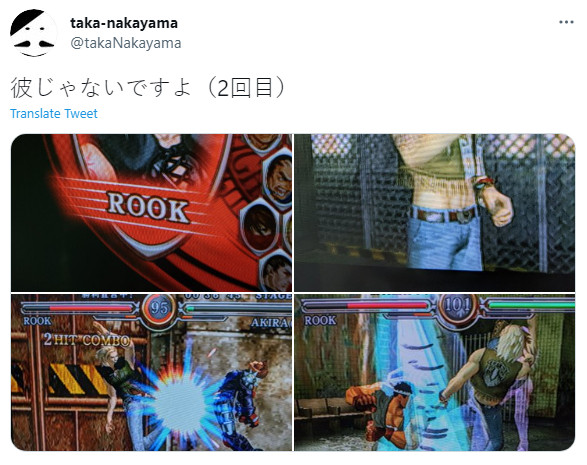 Second tweet from Takayuki Nakayama reiterating the separation between Luke and Rook, reinforcing their different identities.
Second tweet from Takayuki Nakayama reiterating the separation between Luke and Rook, reinforcing their different identities.
With the Rook theory dispelled, attention shifted to other potential influences. Luke’s dog tags and some of his attack animations led to speculation about connections to military characters like Nash or Guile. While some moves hinted at Sonic Boom-esque projectiles, the evidence remained circumstantial. However, the dog tags strongly suggested a military background, possibly even a Captain rank, adding layers to Luke’s backstory.
Enter Maximillian Dood, a prominent figure in the fighting game community, who proposed a compelling theory linking Luke to another Capcom icon: Captain Commando. Max pointed out shared motifs like stars and fire, suggesting Luke could be a modern interpretation of the Captain.
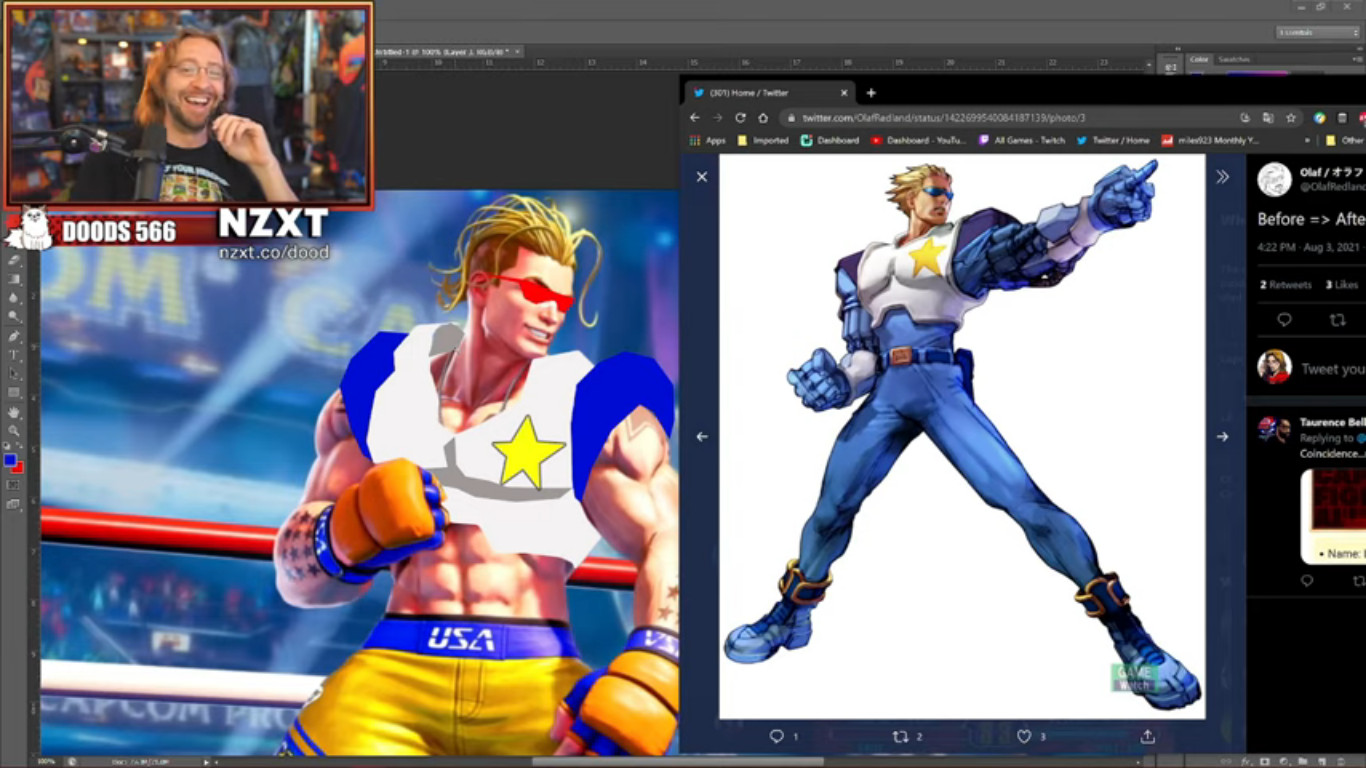 Maximillian Dood discussing the Capcom connection and hinting at the Captain Commando theory for Luke.
Maximillian Dood discussing the Capcom connection and hinting at the Captain Commando theory for Luke.
Indeed, visual elements in Luke’s design, from the star emblem to powerful, fiery punches reminiscent of Captain Commando’s “Captain Fire,” seemed to support this idea. However, the Captain Commando theory, while intriguing, faces several hurdles when examined within the established Street Fighter lore.
Firstly, the Street Fighter series already features a notable reference to Captain Commando: Crimson Viper. Her moveset incorporates elements clearly inspired by Captain Commando’s arsenal, suggesting Viper already fills the “homage” role.
Secondly, Captain Commando’s narrative is set in a future timeline, significantly later than the Street Fighter timeline. This temporal discrepancy creates a lore conflict. While one could theorize about technological advancements or time travel, it introduces unnecessary complexity.
Thirdly, and perhaps most decisively, Captain Commando’s real name is Mars Carlisle, not Luke. This name mismatch further weakens the direct Captain Commando link. Adding another layer of meta-complexity, Captain Commando is even referenced as a video game within the Street Fighter universe itself, as mentioned by Ibuki’s friend Yuta Homura.
This in-universe video game reference creates a paradoxical situation. Captain Commando exists as a fictional property within Street Fighter, making a literal, direct transition of Captain Commando into the main Street Fighter timeline convoluted. To maintain the integrity of Street Fighter’s narrative, a direct Captain Commando identity for Luke appears unlikely. Instead, Luke might be drawing inspiration and motifs from Captain Commando, becoming a fan-inspired character rather than the Captain himself.
 Image showcasing Luke's fighting stance, emphasizing his powerful physique and ready-to-fight attitude.
Image showcasing Luke's fighting stance, emphasizing his powerful physique and ready-to-fight attitude. Close-up image of Luke, highlighting his determined expression and design details.
Close-up image of Luke, highlighting his determined expression and design details.
So, if Luke isn’t Captain Commando, what makes him so significant? Why the secrecy surrounding his reveal if he’s merely emulating another character? The answer might lie in a different, deeper connection within Street Fighter lore, one that delves into the enigmatic figure of Q.
While Luke may not be Luke/Rook from Capcom Fighting All-Stars, he seems to inherit more than just a name. Visual parallels, such as hairstyle and tattoos, hint at a conceptual link. Furthermore, Luke could be embodying the “Fallen Angel” persona associated with Rook. This concept of a “Fallen Man” resonates profoundly within certain Street Fighter theories, particularly those surrounding the character G and his mysterious influence.
The “Fallen Man” concept, explored in earlier Street Fighter theories, posits individuals manipulated or influenced by powerful forces. Luke, in this context, could represent a unique iteration of this archetype, potentially even embodying a specific, highly theorized “Q” – the trench coat-wearing, grey-helmeted enigma from Street Fighter III.
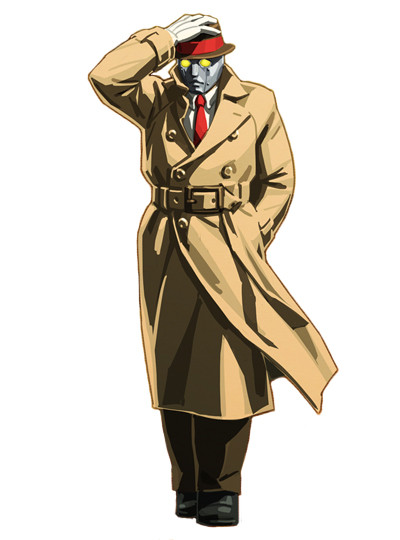 Image of Q from Street Fighter III, showcasing his mysterious and imposing figure.
Image of Q from Street Fighter III, showcasing his mysterious and imposing figure.
Is there evidence to support Luke’s connection to Q? Capcom subtly dropped clues hinting at a deeper narrative. Luke’s name itself offers a starting point. In G’s Ring of Galaxy stage, biblical references, particularly Noah’s Ark, are prevalent. Continuing this thematic thread, “Luke” evokes the Gospel of Luke, a text detailing the life of Jesus Christ. Given G’s messianic undertones, Luke’s narrative could be intertwined with G’s rise as a central antagonist in the Street Fighter saga.
Delving deeper into the Gospel of Luke, we find its composition draws from multiple sources, including the “Q source,” a hypothetical collection of Jesus’s sayings. This “Q source” connection could be a deliberate nod by Capcom, subtly linking Luke’s name to the enigmatic Q without explicitly revealing their plans.
Beyond the name, visual and gameplay elements further strengthen the Q connection. Luke’s gameplay showcases remarkable punching power, a defining characteristic of Q, who primarily relies on punches and grappling.
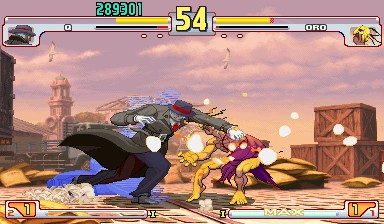 Image of Q delivering a powerful punch, emphasizing his fighting style and raw strength.
Image of Q delivering a powerful punch, emphasizing his fighting style and raw strength.
Certain stances and animations further echo Q. Luke’s V-Trigger activation shares a stance reminiscent of both G and Q’s attack poses. Similarly, when Luke powers up his arms, they glow red, mirroring Q’s “Total Destruction” activation where his body emits a red glow.
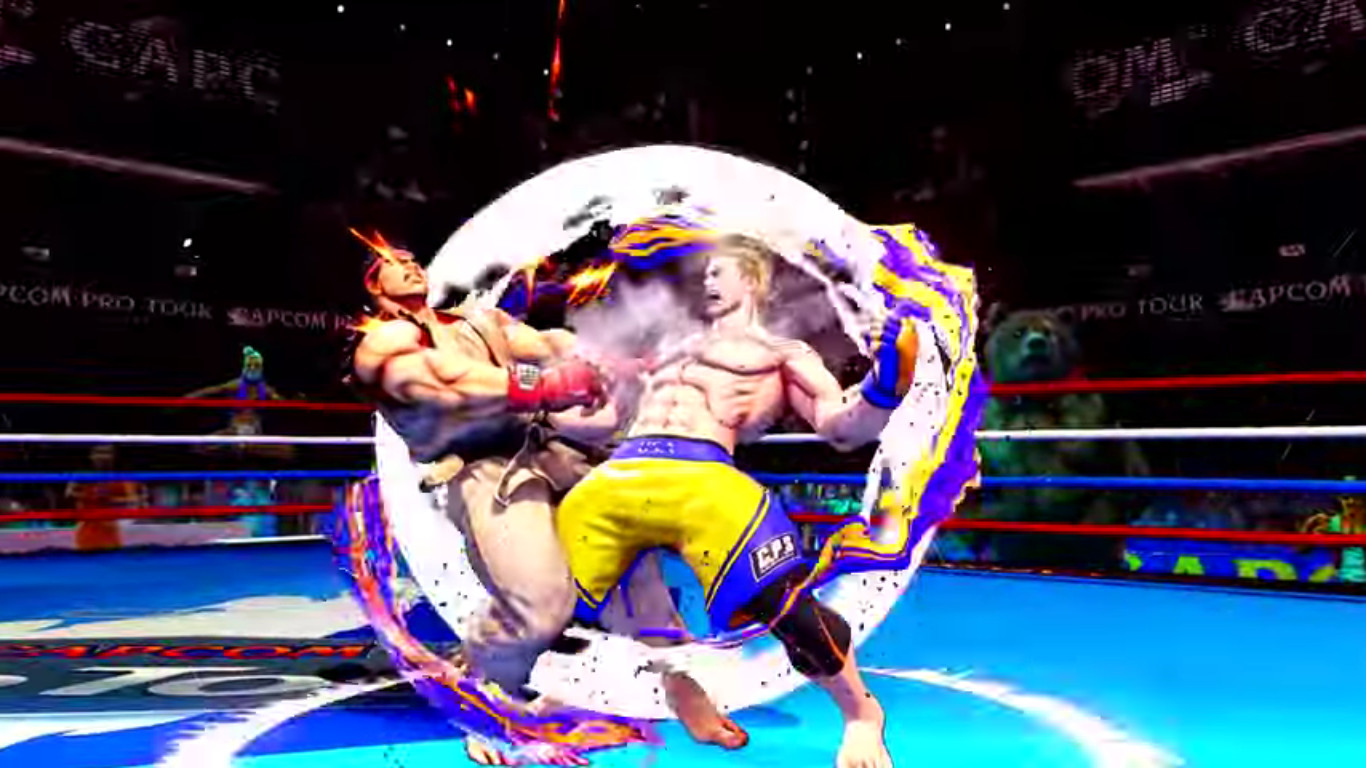 Image comparing Luke's V-Trigger stance with G and Q's similar poses, highlighting shared animation cues.
Image comparing Luke's V-Trigger stance with G and Q's similar poses, highlighting shared animation cues.
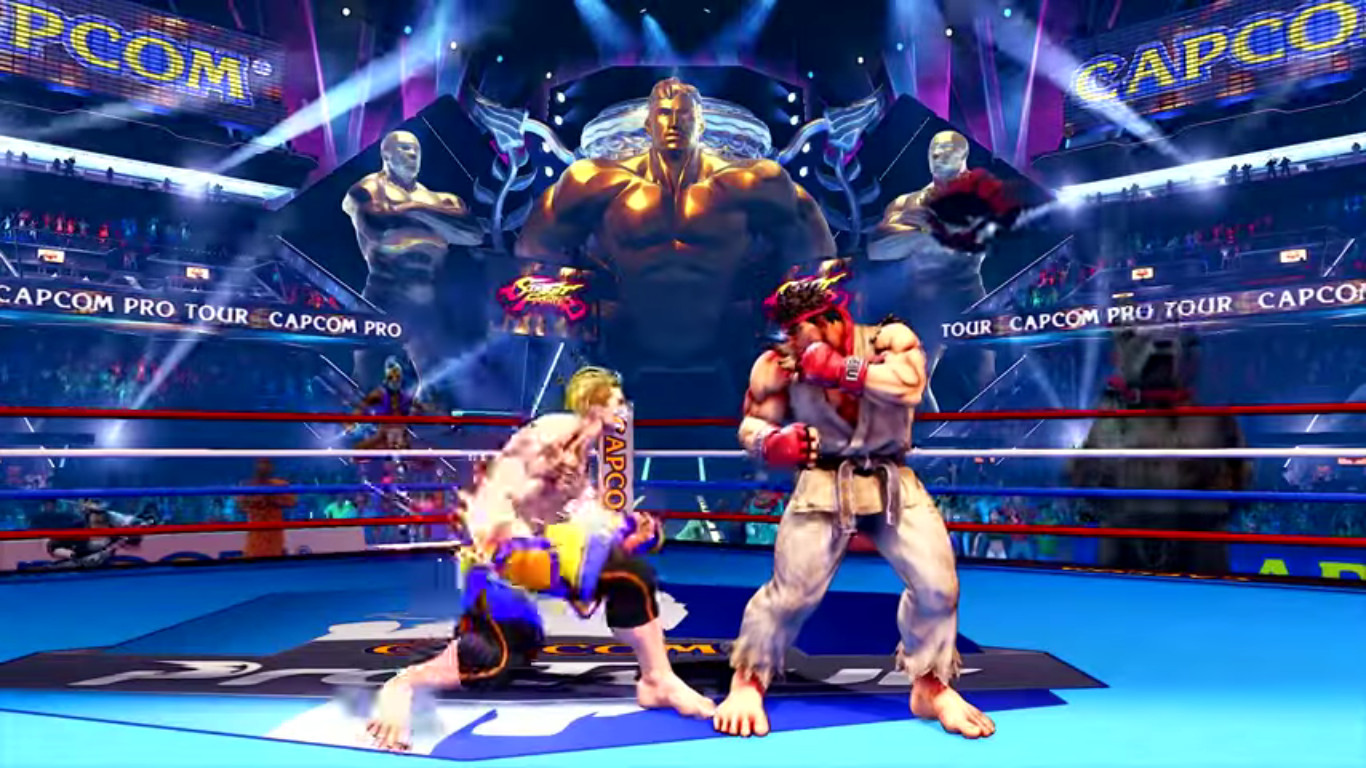 Image showcasing Luke's glowing red arms during a power-up, drawing a parallel to Q's "Total Destruction" visual effect.
Image showcasing Luke's glowing red arms during a power-up, drawing a parallel to Q's "Total Destruction" visual effect.
Even Luke’s chest tattoo could be interpreted as a subtle nod to Q’s signature chest-scratching motion, a visual motif subtly integrated into Luke’s design.
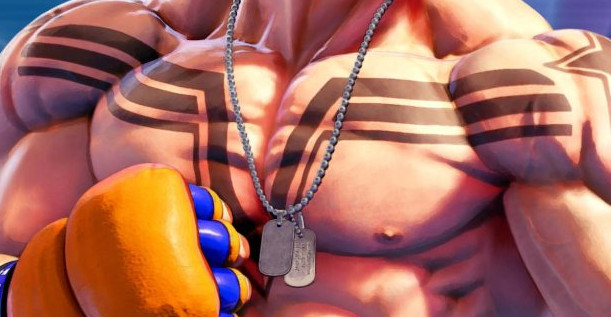 Close-up image of Luke's chest tattoo, suggesting a possible visual reference to Q's chest scratch.
Close-up image of Luke's chest tattoo, suggesting a possible visual reference to Q's chest scratch.
Intriguingly, both Q and Luke incorporate meta-references to Capcom’s arcade technology. Q references QSound, while Luke’s trailer showcases CPS circuit boards, further blurring the lines between character and game development history.
 Image of CPS circuit board with Capcom logo, highlighting the meta-reference in Luke's reveal.
Image of CPS circuit board with Capcom logo, highlighting the meta-reference in Luke's reveal.
Visually, a striking similarity emerges when comparing Luke’s facial structure to Q’s mask. Despite Luke’s default resemblance to Ken, overlaying Q’s mask reveals shared facial features – nose, chin, and overall structure. Digitally altering Luke’s face to a grey tone and yellow eyes further accentuates this unsettling resemblance, particularly emphasized by Luke’s lightning-bolt eyebrows, a feature absent in Captain Commando’s design.
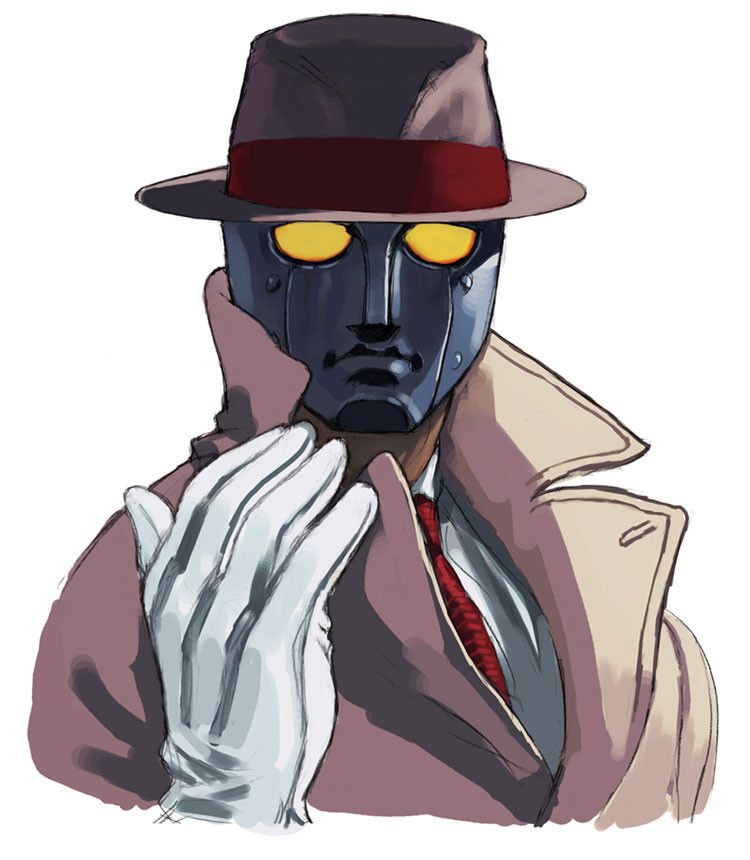 Image comparing Q's mask and Luke's face, with Luke's face digitally altered to resemble Q, emphasizing facial structure similarities.
Image comparing Q's mask and Luke's face, with Luke's face digitally altered to resemble Q, emphasizing facial structure similarities.
Concept art even reveals a long-range attack for Q, dubbed “Kamaitachi,” strikingly similar to Luke’s Captain Commando-esque projectile punches, bridging gameplay styles across characters.
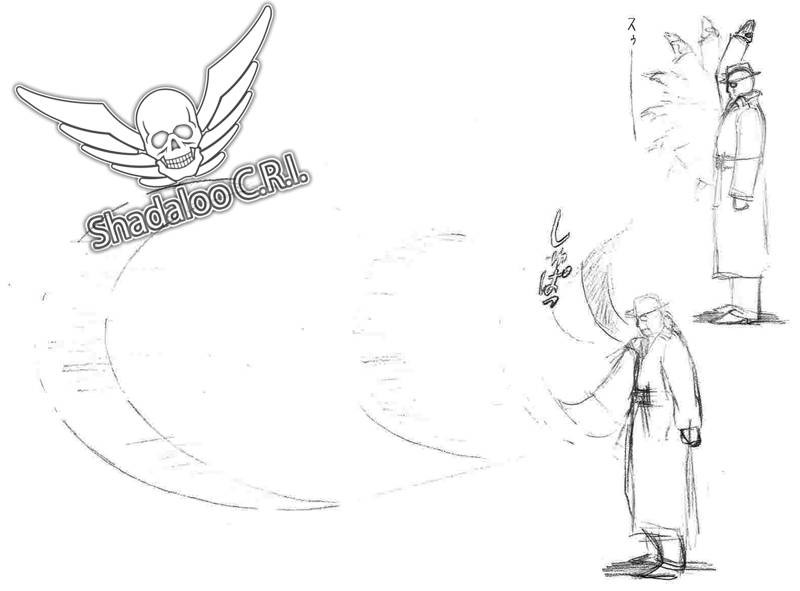 Concept art of Q using a long-range attack, "Kamaitachi," showcasing gameplay similarities with Luke's projectiles.
Concept art of Q using a long-range attack, "Kamaitachi," showcasing gameplay similarities with Luke's projectiles.
Finally, Capcom’s description of Luke as a “key player” carries a potential triple meaning. Q’s Japanese name, キュー (Kyuu), can be shortened to キー (Kii), meaning “key.” Furthermore, Q’s design is defined by his mask, suggesting he is “locked in” and requires a “key” to unlock his true identity.
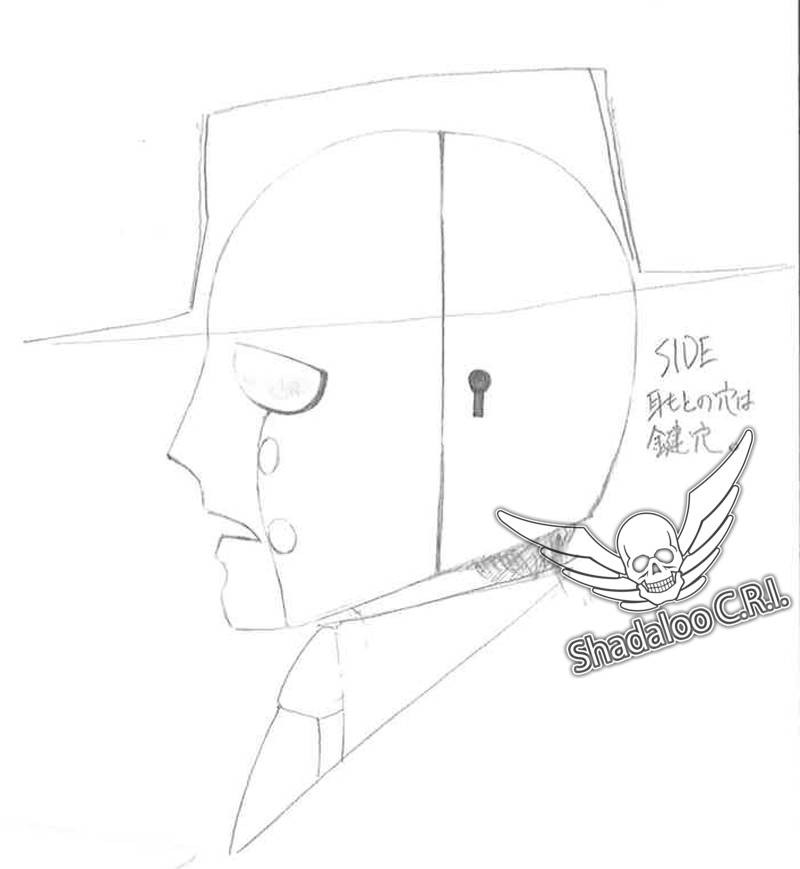 Image with the text "Key Player" from Capcom's official announcement, highlighting the potential double meaning related to Q.
Image with the text "Key Player" from Capcom's official announcement, highlighting the potential double meaning related to Q.
The evidence points towards Luke being a composite character, drawing inspiration from Luke/Rook, Captain Commando, and most significantly, Q. His military background could connect him to Byron Taylor, a character previously theorized to be linked to G or Gill. Luke’s Captain Commando homages could also lead him to cross paths with Crimson Viper.
Luke’s introduction signifies a pivotal moment in Street Fighter V’s narrative. Revealing him as not just a Captain Commando tribute, but potentially a key figure connected to G and the enigmatic Q, would be a compelling way to conclude the current Street Fighter V storyline. Whether Luke is a Q fanboy, a new iteration of Q, or something else entirely, Capcom has certainly introduced a character ripe with potential and mystery, ensuring Street Fighter’s future remains as intriguing as its past.
Share this:
Like Loading…
